No products in the basket.
Urology
URIT 14 G 100 Strips
URIT14G urine reagent strips provide tests for the semi-quantitative measurement of leukocytes, ketone, nitrite, urobilinogen, bilirubin, glucose, protein, specific gravity, pH, blood, ascorbic acid, microalbumin, calcium and creatinine in urine. Use with the URIT-50, 180, 500B, 500C, 330, 31, 560 urine analyzer.
About:
URIT 14G urine reagent strips consist of a plastic strip affixed with reagent papers and a calibration pad. This feature facilitates measurement of multiple urine constituents and use for everyday diagnosis and group examinations. The calibration pad, which is not impregnated with reagents, allows instrumental correction interference from natural color of urine automatically and obtains accurate result.
₹8,000 ₹8,500
Principle:
Leukocytes: The test reveals the presence of granulocyte esterases. These esterases cleave an indoxyl ester, and the indoxyl so liberated reacts with a diazonium salt to produce a violet dye. Leukocyte esterase results may be positive in the absence of observable cells if the leukocytes have lysed. Positive results may occasionally be found with random specimens from females due to contamination of the specimen by vaginal discharge. Elevated glucose concentrations (≥55mmol/L) or high specific gravity may
cause decreased test results. The presence of cephalexin, cephalothin, tetracycline may cause decreased reactivity, and high levels of the drug may cause a false negative reaction. The test area does not react with lymphocyte. Reactivity may also vary with temperature. Ketone: This test is based on the principle of Legal’s test and is more sensitive to acetoacetic acid than to acetone.
The reagent area does not react with B-hydroxybutyric acid. Some high specific gravity/low pH urines may give reactions up to and including Trace. Normal urine specimens usually yield negative results with this reagent. False positive results (Trace) may occur with highly pigmented urine specimens or those containing large amounts or levodopa metabolites.
Nitrite: The test is based on the principle of Griess’s test and is specific to nitrite. Any degree of uniform pink colour development should be interpreted as a positive.
Nitrite test suggests the presence of 10′ or more organisms per mL, but colour development is not proportional to the number of bacteria present. A negative result does not in itself prove that there is no significant bacteriuria. Negative results may occur when urinary tract infections are caused by organisms which do not contain reductase to convert nitrate to nitrite; when urine has not been retained in the bladder long enough (hrs – 8hrs) for reduction of nitrate to occur; or when dietary nitrate is absent, even if organisms containing reductase are present and bladder incubation is ample. Ascorbic acid concentrations of 1.4mmol/L or greater
may cause false negative results with specimens containing nitrite ion concentrations of 43umol/L or less,
Urobilinogen: This test is based on the Ehrlich reaction. This test area will detect urobilinogen in concentrations as low as 3umol/L(approximately 0.2 Ehrlich unit/dL) in urine. The reagent area may react with interfering substances known to react with Ehrlich’s reagent. Excreted pigments and medicaments that have a red intrinsic coloration in acidic medium may produce false positive results. This test is inhibited by elevated concentrations of formaldehyde. Strip reactivity increases with temperature; the optimum temperature is 22°C- 26*C. The absence of urobilinogen cannot be determined with this test.
Bilirubin: This test is based on the coupling of bilirubin with diazonium salt in an acid medium.
Normally no bilirubin is detectable in urine by even the most sensitive methods. Even trace amounts of bilirubin
are sufficiently abnormal to require further investigation, Some urine constituents (medicines, urinary indicants)
may produce a yellowish or reddish discoloration of the test paper that may interfere with interpreting the
result. Ascorbic acid concentrations of 1,4mmol/L or greater may cause false negatives.
Glucose: The test is based on the specific glucose oxidase/peroxidase reaction. The test is specific for glucose. No substance excreted in urine other than glucose is known to give a positive result. Ascorbic acid of more than 1.4mmol/L and/or high ketone concentrations (8mmol/L) may cause false negatives for specimens containing small amounts of glucose (5.5mmol/L). The reactivity of the glucose test decreases as the SG of the urine increases, False positive reactions may be caused by hypochlorite or peroxide
(cleaning agents). Reactivity may also vary with temperature, Protein: The test is based on the principle of the protein error of a pH indicator. The reagent area is more sensitive to albumin. An elevated pH (up to 9) may affect the test. The residues of
disinfectants containing quaternary ammonium groups or chlorhexidine are present in the urine vessel maybe
lead to a false positive result.
Specific Gravity: This test contains a detergent and bromthymol blue that indicates the presence of lonic
constituents in the urine by changing color from green to yellow. The specific gravity test permits determination of urine specific gravity between 1.005 and 1.030.
pH: This test contains a mixed indicator which assures a marked change in colour between pH5.0 and pH9.
Blood: Hemoglobin and myoglobin catalyze the oxidation of the indicator by means of organic hydroperoxide contained in the test paper. This test is highly sensitive to hemoglobin and thus complements the microscopic examination. The sensitivity of this test may be reduced in urine with high specific gravity. The test is equally sensitive to myoglobin as to hemoglobin (Hemoglobin concentration of 150 Mg/L – 520 Mg/L is approximately equivalent to 5-15 intact red blood cells per microlitre). Captopril and Lodine may also cause decreased reactivity. Blood is often found in the urine of menstruating females. Certain oxidizing contaminants, such as hypochlorite, may produce false positive results. Microbial peroxidase associated with urinary tract infection may cause a false positive reaction. Ascorbic acid concentrations of 1.4mmol/L or greater may cause false negatives at the trace levels. Ascorbic Acid: The test involves the decolorization of Tillman’s reagent. False positive reaction with other reducing agent.
Microalbumin: The albumin’s reaction is more sensitive than the reaction of globulin . hemoglobin Bence-Jones protein and mucin, thus the negative result does not rule out the existence of above mentioned proteins in urine. When the results is 20mg/L – 200mg/L, it is indicated as microalbuminuria, and when the results is beyond 200mp/L, it is indicated as clinical albuminuria. This action is few effect by creatinine and hemoglobin etc. High cushion of urine and alkaline urine may cause false positive result.
Calcium: The test is based on the calcium ion in urine react with OCPC to produce a color change.
A great number of magnesium ion in urine may affect the test.
Creatinine: The test is based on the creatinine in urine react with 3,5-Dinitrobenzoic acid to produce a color change. Daily Creatinine excretion, related to muscle mass of the human body, is usually constant. Some compounds physical properties and high-concentration yellow pigment that may affect the test result Microalbumin-to-Creatinine Ratio: For the MA, to combine with creatinine and get the ratio can reduce the stochastic error. Normally, the ratio is lower than 3.4mg/mmol, when the ratio is between 3.4 mg/mmol to 33.9mg/mmol, it is abnormal, and when it is beyond 33,9mg./mmol, it is highly abnormal.
Testing Procedure:
.Additional materials required: URIT-50,180, 500B, 500C, 330, 31, 560 urine analyzer.
2.Completely immerse the pads into fresh, well mixed urine, and the sample tube of urine should be higher than
88mm, make sure that all pads are wetted. Remove the strip after 2 seconds. The drip method also permitted.
3.While removing the strip, dragging the edge of the strip against the rim of the urine container to remove
excess urine. Blot the strip on length-wise edge, on absorbent paper. Avoid running over contamination from
adjacent reagent pads.
4.When interpreting the result by urine analyzer, please follow the respective operating manual.
Precautions:
1. The test is intended to use by health care professionals.
2.The strip does not apply for visual test, labels on color piece is for reference only, not for test judging.
3.Collect a fresh urine specimen in a clean, dry container. Do not expose urine specimens to sunlight as this induces oxidation of bilirubin and urobilinogen and hence leads to artificially lower results for these two parameters.
4.No touching with hand, the reaction block of reagent strips should keep clean to avoid contamination.
5.Do not remove desiccants. Replace cap immediately and tightly after removing reagent strip, a long time (more than 5 minutes) exposing to moist air can easily lead to inaccurate test results.
6.Do not use reagent strips after expiry date, and do not use deteriorated, discolored or blackened test strips.
7.Return to room temperature before use.
8.False-positive readings for blood and glucose can result from residues of strongly oxidizing disinfectants in the specimen collection vessel. Do not add preservatives to the urine. Avoid contamination by volatile chemicals.
9.The used test strip can not be reused, but should be disposed as general medical waste.
| Weight | 100 g |
|---|---|
| Dimensions | 13.5 × 12.5 × 8.6 cm |
| Brand | URIT |
Based on 0 reviews
Only logged in customers who have purchased this product may leave a review.
General Enquiries
There are no enquiries yet.
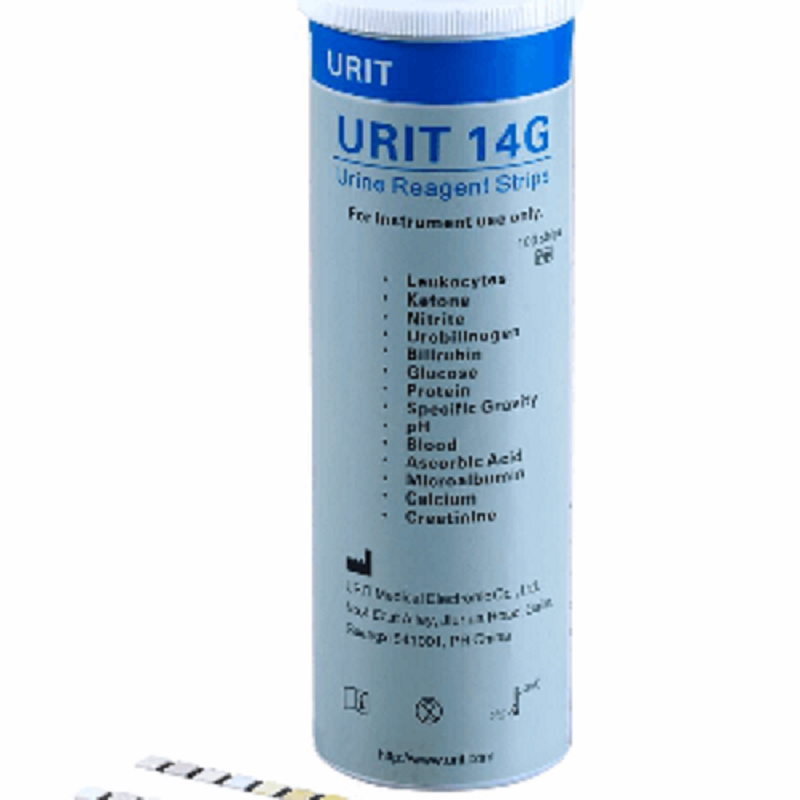

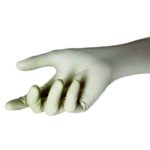
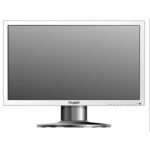

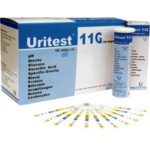
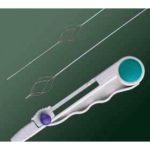
There are no reviews yet.